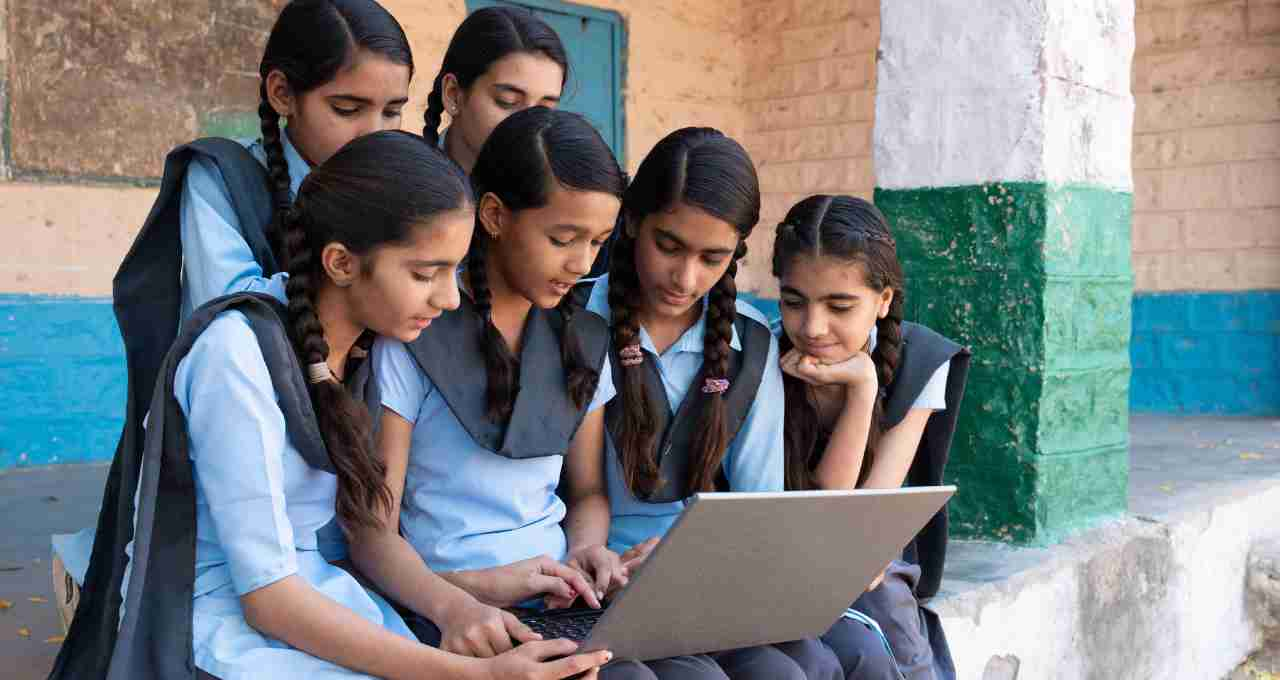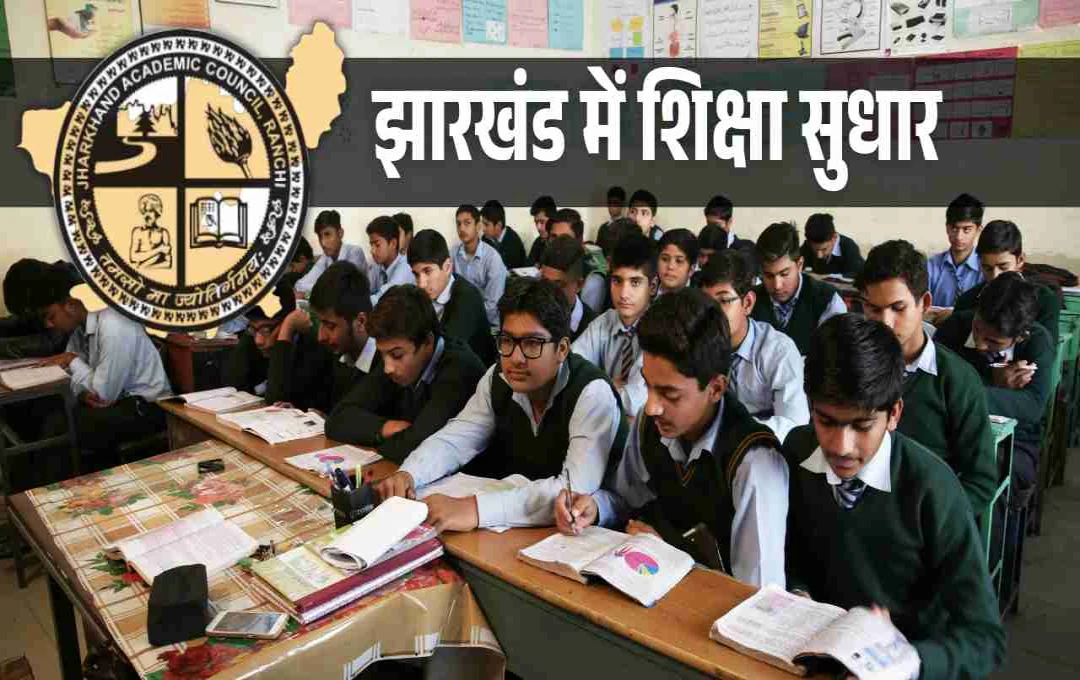Jharkhand Schools Witness Historic Decline in Student Dropout Rate. At the primary level, it has reached zero, while significant reductions have also been recorded in secondary and upper primary levels. The enrollment ratio has also seen an increase.
Jharkhand: A significant piece of good news has emerged regarding the education system in Jharkhand's schools. The rate of students dropping out of schools, or the dropout rate, has seen a notable decrease across the state. This decline has been observed at all levels, from primary to secondary. Notably, the dropout rate in primary classes has reached zero, which is considered a major achievement for the state.
Zero Dropout in Primary Schools
According to the U-DISE (Unified District Information System) Plus 2024-25 report released by the Union Ministry of Education, Jharkhand has shown tremendous improvement in its school dropout rate. The report indicates that the dropout rate in primary classes has fallen to zero.
Furthermore, at the upper primary level, this rate has decreased from nine percent to 1.70 percent. A substantial reduction has also been witnessed at the secondary level, where the rate has dropped from 15.16 percent to just 3.50 percent. This signifies that students are now staying in school and emphasizing their education.
Increase in Gross Enrollment Ratio
- The U-DISE Plus 2024-25 report indicates that the Gross Enrollment Ratio (GER) in Jharkhand has also increased.
- At the secondary level, GER has risen from 62 to 73 percent.
- At the upper secondary level, this ratio has gone up from 41 percent to 49 percent.
- There has been no change in GER at the primary and upper primary levels, remaining stable at 93 percent and 83 percent, respectively.
This clearly shows an increased interest in education among children and parents in the state, and improved accessibility to education.
Decrease in the Number of Schools with Zero Enrollment
According to the report, the number of schools with zero enrollment in Jharkhand has decreased. In 2023-24, there were 199 such schools, which reduced to 107 in 2024-25.
- However, this issue has not been entirely resolved yet. In these 107 schools, 31 teachers are still employed, but there are no students enrolled.
- Slight increase in single-teacher schools. Higher number of children also present.
- The report also reveals that the number of single-teacher schools has increased from 8,353 to 9,172. The number of children studying in such schools has also risen from 4,10,199 to 4,36,480.

This indicates that a shortage of teachers in some areas continues to be a challenge.
Expansion of Facilities in Schools
The report also provides information on the facilities available in Jharkhand's schools.
- 42,010 schools have libraries, book banks, or reading corners.
- 32,469 schools have playgrounds.
- 917 schools have digital libraries.
- 12,283 schools have kitchen gardens.
- 42,324 schools have functional toilets for girls.
- 41,115 schools have electricity facilities.
- 6,388 schools have solar panels installed.
- 33,718 schools have computer facilities.
- 25,715 schools have internet connectivity available.
- 43,857 schools have functional drinking water facilities.
These figures demonstrate that the basic infrastructure for education in Jharkhand is continuously improving.
Increase in Teacher Numbers and Improvement in Student-Teacher Ratio
- Compared to 2023-24, the number of teachers in Jharkhand has increased.
- In 2023-24, there were a total of 2,06,591 teachers, which rose to 2,09,203 in 2024-25.
- The student-teacher ratio has also increased from 35 to 36.
The average enrollment per school in the state has increased from 161 to 168. This clearly shows that children's participation in the education system is growing, and the number of teachers is also increasing.
Reasons Behind the Decline in Dropout Rate
Experts believe that there are several reasons behind the decline in the dropout rate.
- The Mid-Day Meal scheme has kept children engaged with schools.
- Digital learning and new education policies have improved the quality of education.
- Government schemes have increased awareness about education among children and parents.








